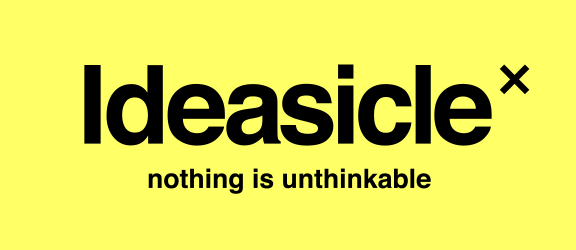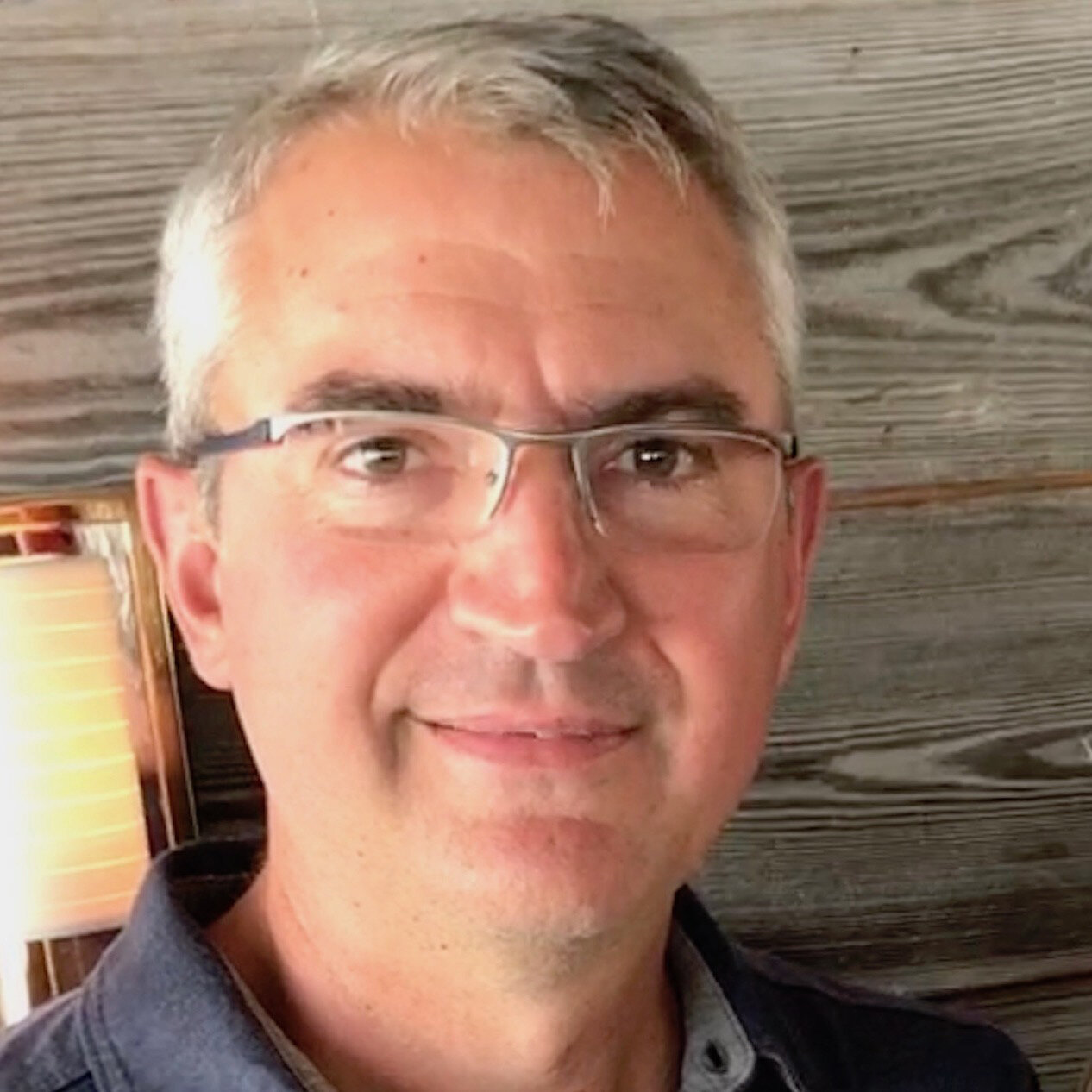IX Use Case: The Brand-Idea PROCESS Strengthens Leadership Teams
Who are we?
The benefits of having a single-minded, powerful brand idea are countless to an organization. But through the brand idea approval process the leadership team gets so much more than a great tagline. Reviewing brand ideas as a team exposes latent, fundamental disagreements within the team. These disagreements will likely come out eventually, even without a brand idea process. And the longer these issues remain latent, the bigger the conflicts will be when they do finally come out. But here’s the thing. Reviewing several tangible brand ideas as a leadership team—an existential exercise—has the magical ability of getting it all out on the table now.
Leadership teams pretend-agree.
Each member of a leadership team thinks they know who the company is at the highest levels. They did agree to devote their professional time and energy to the place, after all. As such, there’s a tendency for each member to assume that the rest of the team is on the same page with regard to who the company is.
Ha!
I call this “pretend agreeing” because they have no idea if they agree or not as to who the company is. They haven’t had the focused discussion.
When the brand becomes real, so do the people.
We make THIS product and it has THAT benefit to THESE people. What’s there to debate? A lot, actually.
Try articulating what your brand is all about, its motivations, its intentions, in one sentence. Not a paragraph. One phrase or sentence. Only when the team’s attention is focused on the brand idea, which has real implications to their jobs, will the walls come down between them and a new “Realville” emerge.
It happens with every single brand idea assignment, and we’ve done many. Now, there are likely many ways to get to a brand idea, but the process we follow when we curate ideas for our clients is the following:
Immersion: a strategist (usually me) will interview the entire leadership team separately and review whatever existing materials the client can prepare (e.g. sales pitch presentations, past advertising, product overviews, audience research, competitive reviews, etc.). I challenge the client to inform us and make us dangerous.
Creative Brief: we then prepare a creative brief that outlines the problem to be solved, the target audience, the company’s most prized assets, and the intended tone of the brand). The brief is a PDF and short video explaining the brief top to bottom.
Recruit Team: meanwhile we’ll be recruiting the perfect team of 4 creative superstars to come up with brand ideas in the form of taglines. Typically I’ll recruit a combination of writers and strategists for this kind of job.
Idea Teamwork: the team will get 5-7 day to come up with ideas. I will closely monitor these ideas to make sure they stay on brief and post my own ideas and builds (because I can’t help myself). We focus on taglines that are well-crafted lines, but are also big, strong flags in the ground for the brand. Typically the team comes up with 35-50 different ideas.
Presentation: I will then present 10-15 of our favorite brand ideas to the leadership team, preferably in person, but works fine remotely. Each idea slide will have the tagline, an explanation of intent, rationale as to why we think it could work, and then an image that represents the “vibe” of the idea.
It’s at the Presentation stage the abstract castles collapse and the therapy unfolds. Here’s how it usually goes down.
Before presenting any ideas, I’ll start by asking the group to write down their VERY FIRST reaction to each brand idea when it’s presented. The reasons I do this are that they will never get another first impression of the idea so I don’t want them to ever forget that first (hopefully positive) impression, and writing it down gets them to commit to their personal opinion of each idea. That will be important later. Then I’ll go through each idea one at a time and at the end I’ll have one slide with all the brand ideas and ask for comments, favorites, least favorites, etc.
I love doing this in person because I can see facial expressions and body language. It’s like trying on clothes for the clients. Is this idea who we are? Or is it this one? Which feels better? Which one makes you proud? Stuff like that. We don’t usually resolve on one idea in the presentation meeting (happened once, ever). The client usually wants to take a few days to sleep on the ideas and discuss internally. Smart because that’s where all the therapy happens.
Levels to the therapy.
The “health benefits” to the leadership team fall into several categories:
Seeing their brand through the eyes of an informed outsider. We often find amazing nuggets in what the clients are so close to, they can’t see. So sometimes our ideas remind them of what’s important, even if it’s right under their noses.
Discovering how their colleagues think of the brand and how different that may be from their own views. There are surprised looks every time. The team gets to know each other better.
Realizing there is a hierarchy to all brand messaging. Because we present 10-15 ideas the clients will quickly start sorting them into bigger ideas and smaller ideas (support points). Often, a messaging grid (or pyramid or whatever) is the result.
The pain of saying no. The game has one rule: you can choose only one idea to be THE brand idea. So if we present 15 ideas that means 14 will not be chosen. So the approval process is not only about finding the right idea, but having the courage to discard the ideas that aren’t quite right. More often than not, discarded brand ideas are used in other ways like headlines for the website, blog post headlines, social media posts, sales pitch lines, etc. But still, a choice must be made.
The ensuing debate amongst the client team becomes eye opening for me, and for them. They may go around the room and vote for their favorites and tally those up. They may get feedback independently from each of the team after the meeting. They may have conversations about their brand and its future. All of which are extremely healthy conversations for leadership teams to have. It’s about defining their collective identity, after all.
The leadership team is never the same again.
After the brand idea process, the team is never the same again. They leave with clearer vision and focus for the brand. Usually energized to start channeling the brand idea into everything they do and making it real for their customers. And most importantly, they leave with a better understanding of each other.
The last thing we’ll do is write a brand manifesto for the approved brand idea and we’ll art direct it so that everyone on the leadership team and every employee can pin it up in their offices and remember every day why they’re there.
Why, indeed.
Will Burns invented the Ideasicle X platform and is the CEO. Follow him on Twitter @WillOBurns.


